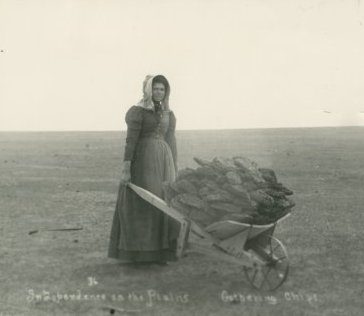When Governor Martin declared Lakin as the temporary seat of Kearney County in 1888, the former City Restaurant building on Lot 7 in Block 6 was rented for $15 per month to house the court house and county officers. The building had been erected by H.C. Robinson in 1885 and sat just southeast of Lakin’s Town Hall. When a tornado struck Lakin in July of 1886, the town hall was thrown from its foundation and demolished. Portions of the hall’s roof and building were hurled against the restaurant, but Robinson’s building survived the tempest. Soon after the building was rented by the commissioners, a stone vault was constructed at the back of the building to protect the county’s records. Rock for the vault was brought from quarries northeast of Kendall.
After Lakin lost the county seat election in 1889, Hartland’s Kearney House was rented as the court house. The hotel was a grand two-story structure that had been built for $3,500 in 1886 and was located just north of Hartland’s depot. Originally operated by the Bowen Bros., the hotel changed hands several times. L.E. Williams was the proprietor at the time of the January 1894 courthouse fire and sued county commissioners for negligence. In February of 1897, the Finney County District Court found the commissioners guilty as they had violated their lease by allowing the Kearney House to be occupied by a person who was not a county officer. There had also been hay, straw and other combustibles stored in unoccupied rooms of the building, and the hall door had been left open. The assessed damages came to $1,200. County commissioners appealed, and the verdict was reversed in July of 1899. The case then went to the Supreme Court which overturned the verdict. In July of 1900, county warrants were drawn for $1,674.34 and paid out to Williams.
After the Kearney House burnt, county commissioners rented a building in Hartland commonly known as the Jones building to house county offices. The two-story structure was just south of Hartland’s post office, and monthly rent was $15. This was a considerable savings as rent at the Kearney House had been $40 per month.
After the special county seat election in June of 1894, court offices were moved back to Lakin in the south side of what was commonly called the Spivey & Holmes building. Located on the southeast corner of Main and Waterman, this two-story building was opened in May of 1886 and had several office spaces. Holmes Hall, a large hall on the second floor that had been used as a community gathering place, was converted into a court room. The Kearny County Bank occupied the north part of the building.
By spring of 1895, county officials had grown weary of the condition of the Spivey & Holmes building and claimed that county records were being damaged whenever a rain shower or dust storm hurled across the prairie. Besides that, monthly rent was $105. J.H. Leeman had torn down his Hartland hotel, the Buffalo House, and rebuilt it in Lakin on the west corner of South Main and Railroad Avenue. Renamed the Lakin House, Leeman offered up the building as a location for the court house in the fall of 1895, and commissioners accepted Leeman’s proposition for $40 per month. The court house remained at this location until 1899. At that time, the court house was moved back to the Spivey & Holmes building where county offices occupied the greater portion of the structure. Though remodeled several times during its existence, this building eventually became too small to house the court house.
American Legion members became the driving force behind the building of a new court house, circulating petitions to start a building fund and urging commissioners to purchase the block where the current court house stands. A federal public works grant of $31,5000 helped fund the construction, with remaining costs met locally. The court house was completed in August of 1939 at an original construction cost of $70,000. This amount excluded the jail and library additions which were completed in 1964 and 1973, respectively.
An estimated 3,500 people converged on Lakin when the court house and Highway K-25 South were dedicated in September 1939. The highly anticipated dedication day was full of activities with the highlight of the day being an address on the court house steps by Kansas Governor Payne Ratner. The joyous celebration was a rarity in a decade plagued by dust storms and the Great Depression.
“This dedicatory ceremony is a tribute to the progressiveness of those who made the building and the day possible,” Gov. Ratner said. “It seems to me the occasion should also be regarded as a time for dedicating our efforts toward better government—county, state, and national. It should be a time of inspiration, directing us to better citizenship, to greater fields of endeavor, and to larger and more useful lives.” Dr. Grant Hastings, chairman of the festivities, joked that the occasion was the first time a governor had visited Lakin outside of an election year.

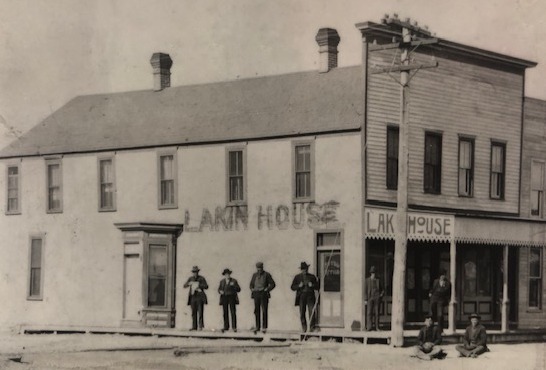
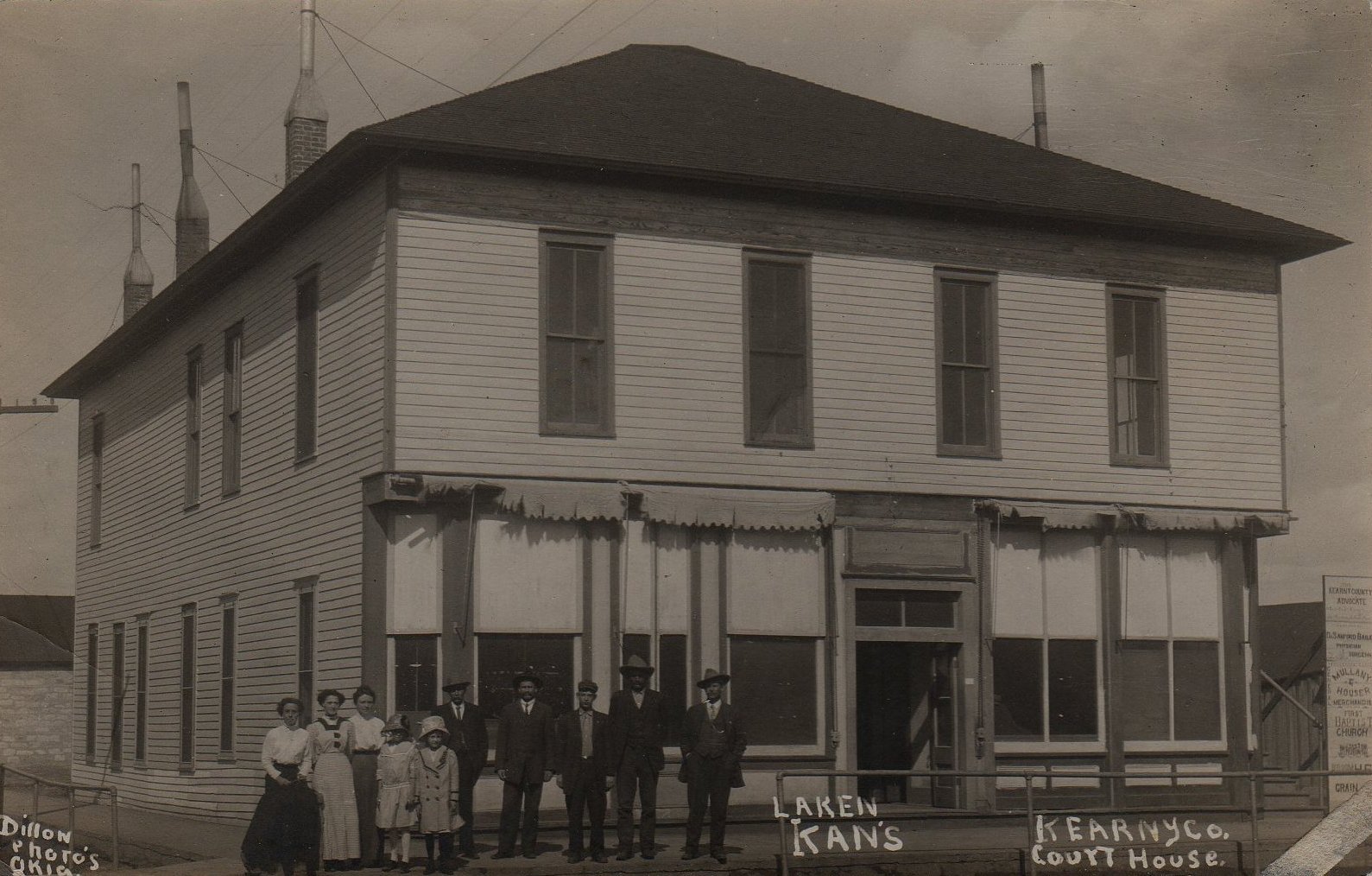
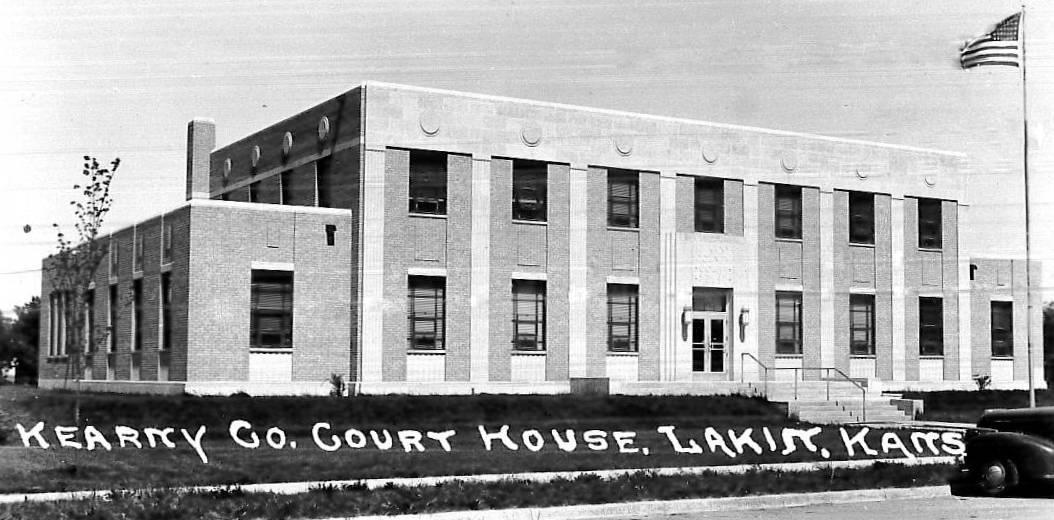
SOURCES: Archives of the Kearny County Coyote, Lakin Investigator, Lakin Index, Pioneer Democrat, Kearny County Advocate, and Lakin Independent; History of Kearny County Vol. I and II; and museum archives.


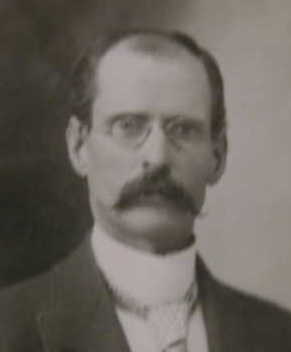
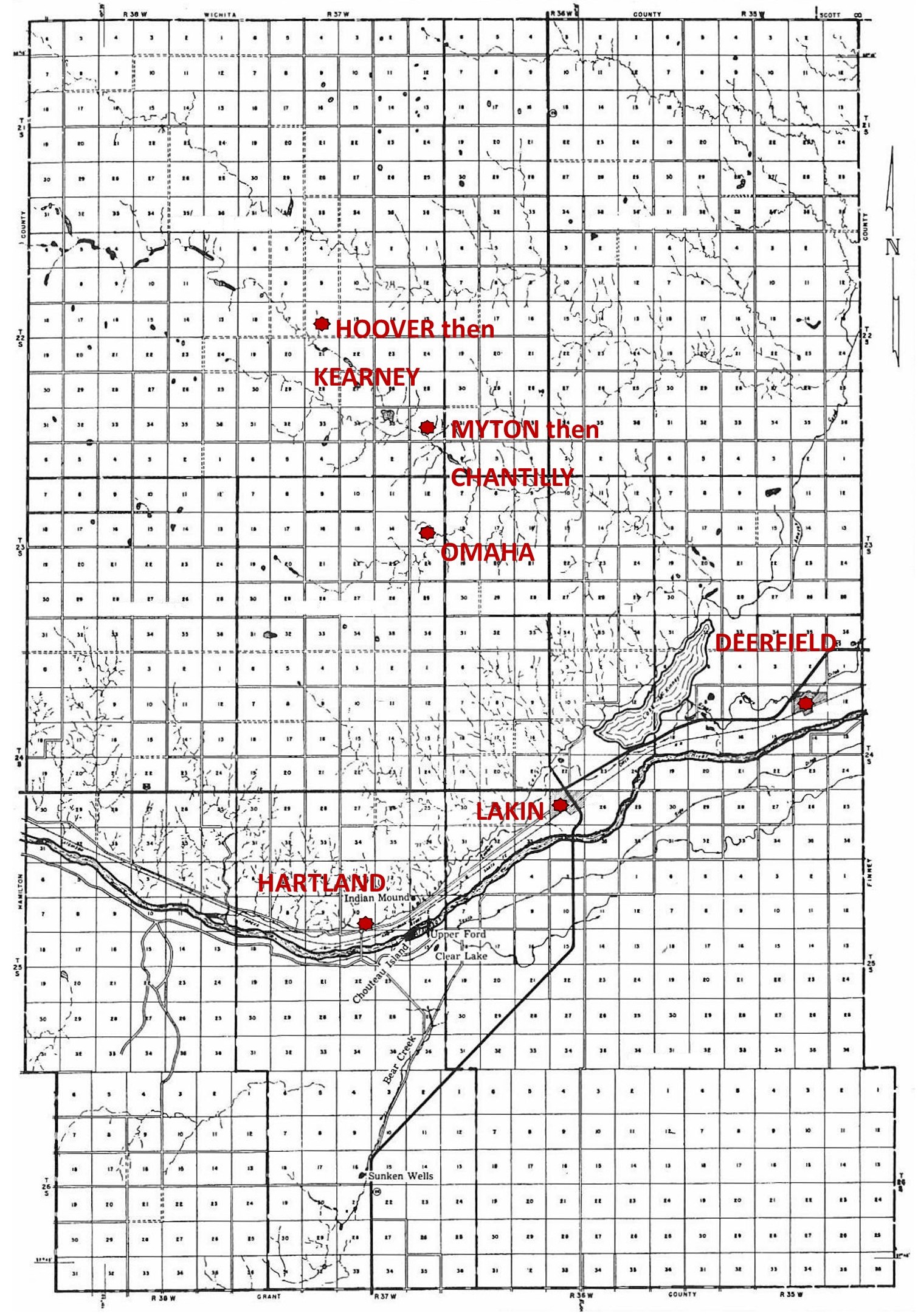
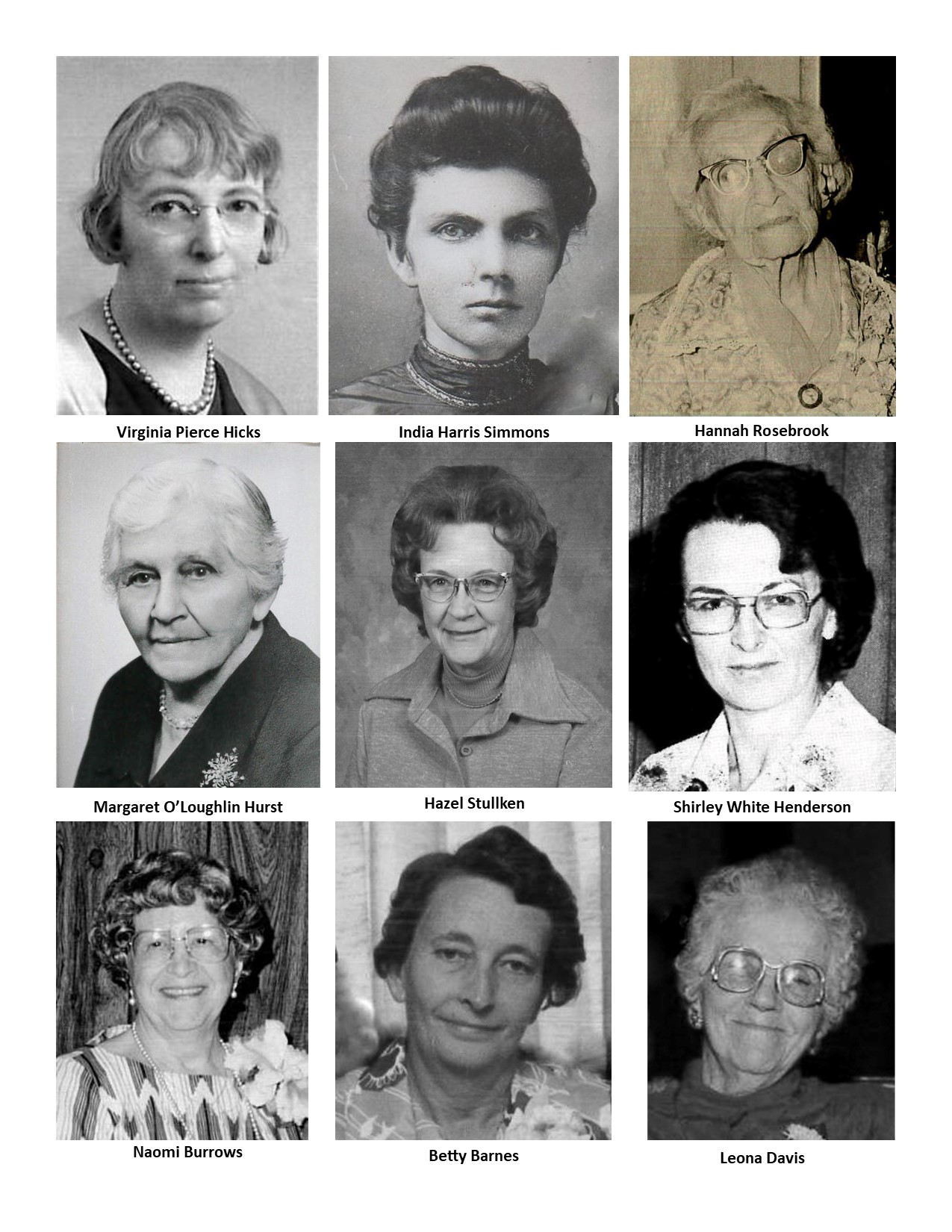
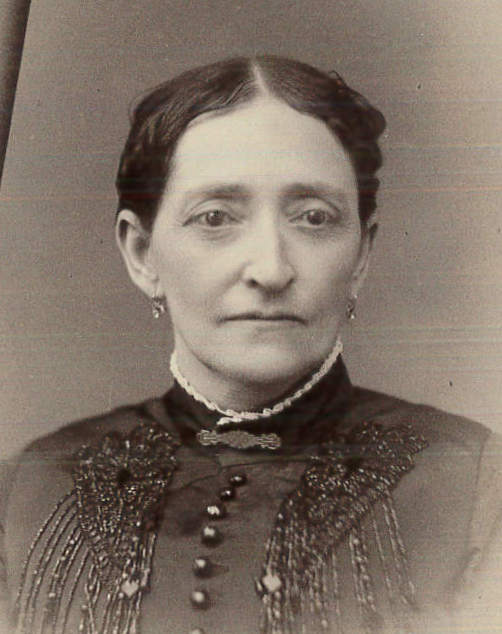
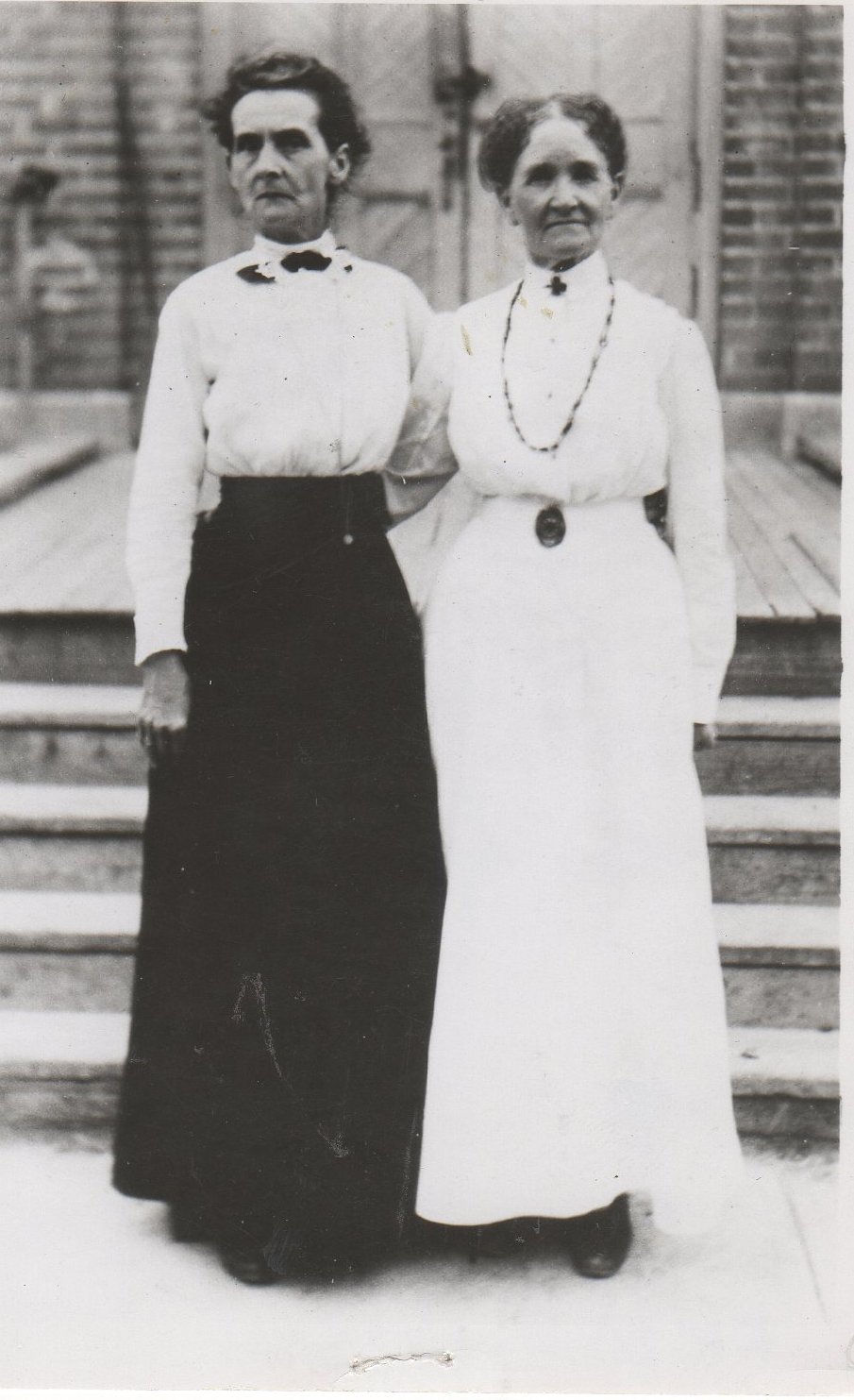

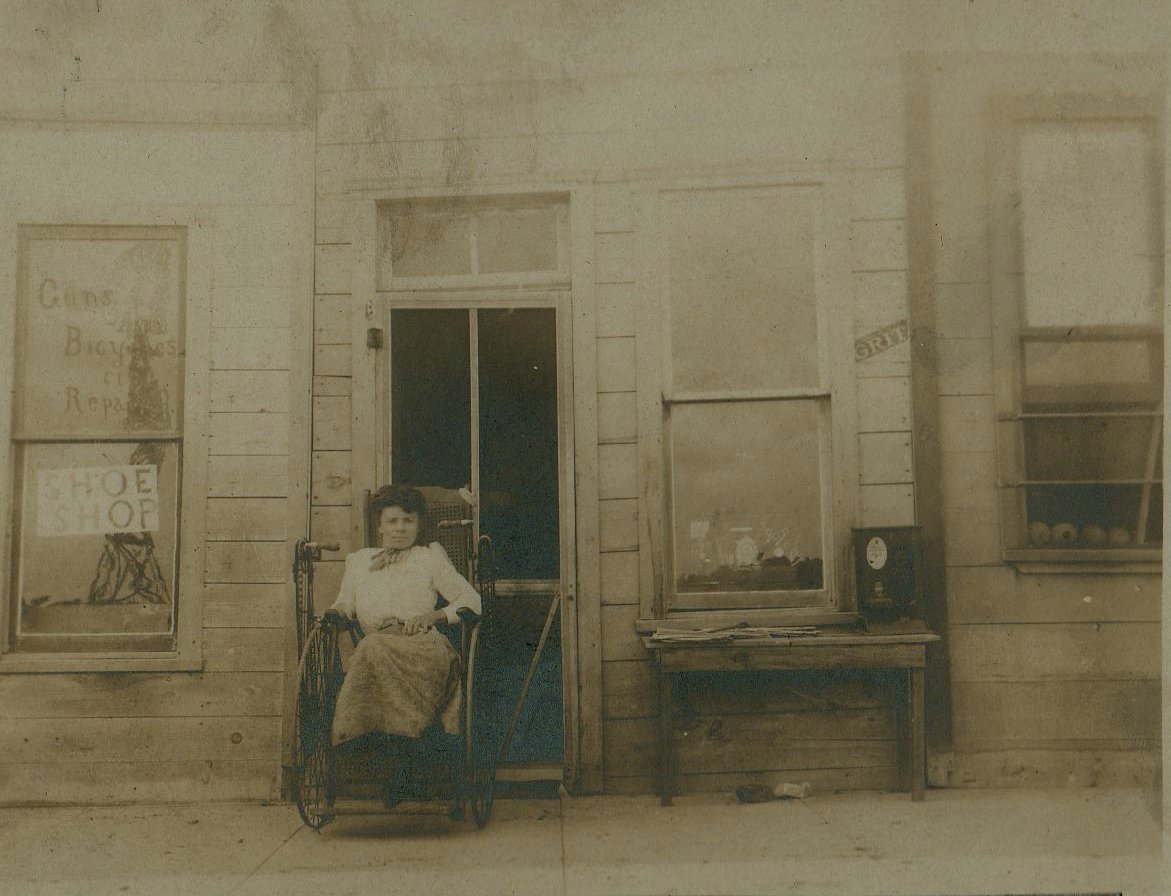
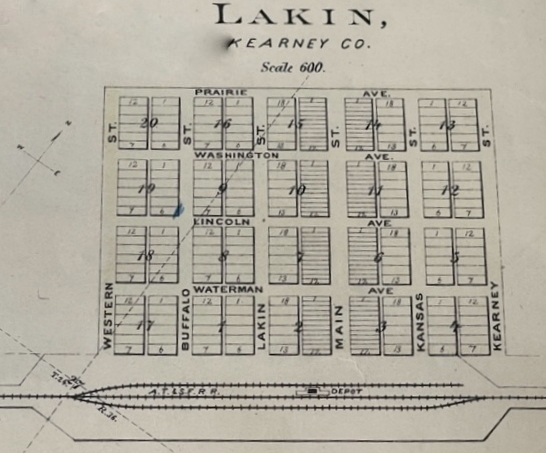 The Lakin Herald reported steady growth, “Our town is fast building up, every week adds another new house to our young city.” Businesses were also being erected on Waterman Avenue which was the main thoroughfare through Lakin prior to the construction of Highway 50. Lakin was becoming “civilized” with literary societies and a town orchestra. Herald Editor Joseph Dillon encouraged citizens to plant trees to beautify the town. “The planting of trees shows taste and refinement.”
The Lakin Herald reported steady growth, “Our town is fast building up, every week adds another new house to our young city.” Businesses were also being erected on Waterman Avenue which was the main thoroughfare through Lakin prior to the construction of Highway 50. Lakin was becoming “civilized” with literary societies and a town orchestra. Herald Editor Joseph Dillon encouraged citizens to plant trees to beautify the town. “The planting of trees shows taste and refinement.”
